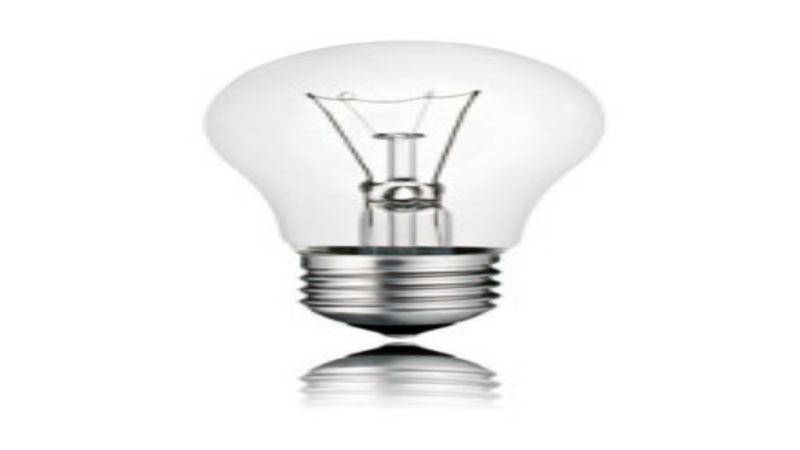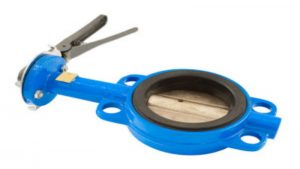In municipal and non-municipal waterworks projects, the use of metal pipe is gradually fading out, replaced by new types of pipe that are safer, offer a longer life cycle than traditional metal options and that are easier and lower cost to install.
One of the most common materials used in this new type of pipes and pipe fittings is CPVC. CPVC is chlorinated polyvinyl chloride, and it is a close relative of the older PVC pipe.
However, unlike PVC pit, CPVC pipe fittings and pipe offer several additional benefits and none of the possible downsides or considerations. To understand why this is a better option than traditional steel for waterworks projects, consider the following properties and attributes of CPVC.
High Corrosion Resistance
While steel can be coated and treated to create a highly resistant surface, over time and with exposure to water, chemicals, and other materials, corrosion can and will occur. With the choice of CPVC pipe and CPVC pipe fittings, corrosion resistance is much higher, largely due to the non-metallic nature of the pipe.
In addition to corrosion resistance, this is a non-reactive and inert material, which means that even with exposure to acids, bases and salts there will never be scaling or pitting on the interior or exterior surfaces.
Ease of Construction of Systems
Without the need to weld pipe and CPVC pipe fittings together, installation is faster and easier, particularly in challenging locations. All that is required is a solvent-cement material which, when applied to the two parts to be joined, creates a chemical fusion of the fitting and the pipe.
The joint area, similar to the metal brazing, creates a joint that is actually stronger than either the pipe or the joint, dramatically reducing the risk of leaks at joints, a common problem with metal pipe and fittings over time.







